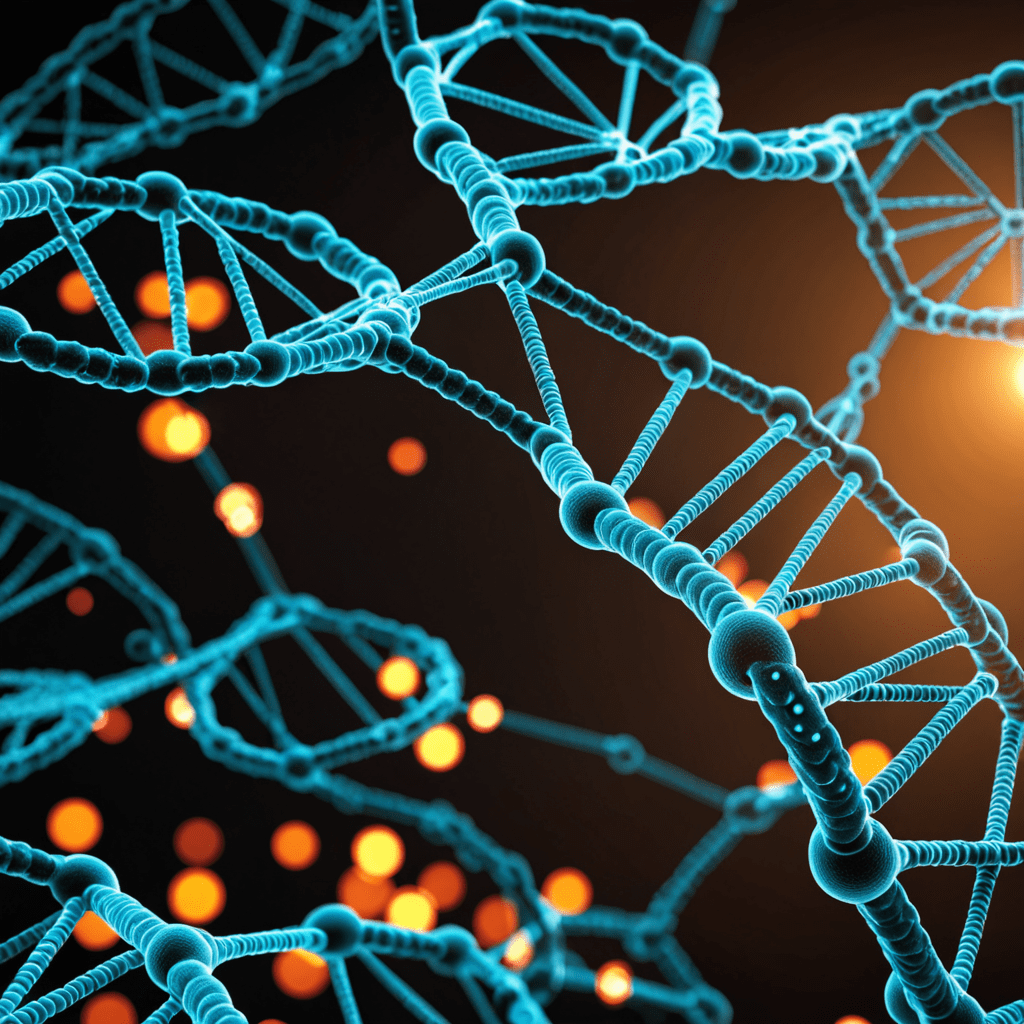Understanding Biotechnology and Bioinformatics: Sequence Analysis
In the realm of biotechnology and bioinformatics, sequence analysis plays a crucial role in deciphering genetic information and unraveling the mysteries of life at a molecular level. By employing cutting-edge technologies and computational tools, scientists can delve deep into the sequences of DNA, RNA, and proteins to extract valuable insights that drive advancements in medicine, agriculture, and beyond.
The Fundamentals of Sequence Analysis
At its core, sequence analysis involves the systematic study of nucleotide or amino acid sequences to uncover patterns, relationships, and functional significance. By comparing sequences across different organisms or within the same species, researchers can discern evolutionary connections, identify genetic mutations, and predict protein structures.
Techniques and Tools in Sequence Analysis
From traditional methods like Sanger sequencing to high-throughput technologies such as next-generation sequencing, biotechnologists have an array of tools at their disposal for decoding genetic information. Bioinformatics software packages like BLAST, Clustal Omega, and Geneious aid in sequence alignment, homology modeling, and phylogenetic analysis.
Applications in Biotechnology
Sequence analysis plays a pivotal role in various biotechnological applications, including genetic engineering, drug discovery, and personalized medicine. By understanding the genetic blueprints of organisms, researchers can design novel enzymes, develop targeted therapies, and assess individual risk factors for diseases.
Impact on Agriculture
In agriculture, sequence analysis is instrumental in crop improvement, pest resistance, and environmental adaptation. By decoding plant genomes and analyzing gene sequences, scientists can enhance crop yields, engineer drought-tolerant varieties, and mitigate the effects of climate change on agricultural production.
Challenges and Future Directions
Despite its advancements, sequence analysis faces challenges such as data integration, algorithm accuracy, and ethical considerations in genomic research. The future of biotechnology and bioinformatics lies in overcoming these hurdles, leveraging artificial intelligence, and integrating multi-omics data to unlock the full potential of sequence analysis.
Conclusion
In conclusion, sequence analysis serves as a cornerstone in the fields of biotechnology and bioinformatics, enabling scientists to decipher the genetic code, unravel biological complexities, and innovate across various sectors. By harnessing the power of sequencing technologies and computational analyses, researchers continue to push the boundaries of scientific discovery and drive transformative changes in the biological sciences.
Biotechnology and Bioinformatics: Sequence Analysis FAQ
What is Sequence Analysis in Biotechnology and Bioinformatics?
Sequence analysis refers to the process of studying and interpreting genetic sequences, such as DNA, RNA, or protein sequences, to understand their structure, function, and evolutionary relationships. It plays a crucial role in areas like genomics, proteomics, and personalized medicine.
How is Sequence Analysis Used in Biotechnology?
In biotechnology, sequence analysis is utilized for various purposes, including identifying and characterizing genes, assessing genetic variation, designing new drugs, understanding disease mechanisms, and predicting protein structures. It helps researchers make informed decisions and advancements in the field.
What Techniques are Used in Sequence Analysis?
Common techniques used in sequence analysis include DNA sequencing, RNA sequencing, protein sequencing, and bioinformatics tools like BLAST (Basic Local Alignment Search Tool), multiple sequence alignment, and phylogenetic analysis. These tools help scientists analyze and compare sequences efficiently.


